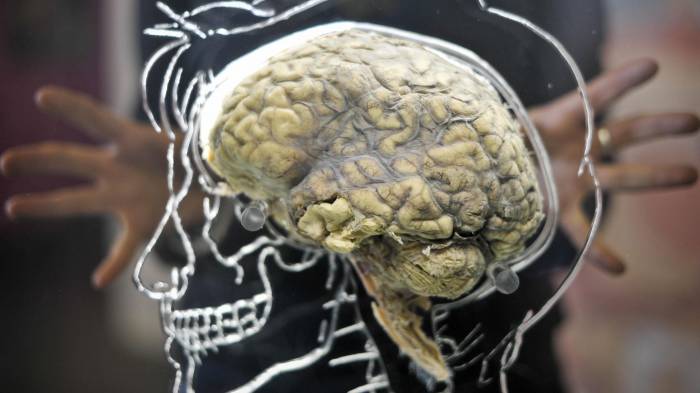The study involved six adults who had undergone a hemispherectomy during childhood in order to reduce epileptic seizures, and six control participants.
The 12 participants were each asked to lie down in a functional magnetic resonance imaging (fMRI) scanner. The scanner measures brain activity by detecting changes associated with blood flow. The technique relies on the fact that cerebral blood flow and neural activity are directly connected – when an area of the brain is in use, blood flow to that region also increases.
The participants were told to try not to fall asleep while the researchers tracked spontaneous brain activity at rest.
The research team examined networks of brain regions known to control processes including those related to vision, movement, emotion, and cognition.
They also compared the data collected at the Caltech Brain Imaging Centre against a database of about 1,500 typical brains from the Brain Genomics Superstruct Project – a project designed for scientists to compare and explore data relating to brain function, behaviour and genetic variation.
The team thought they might find weaker connections within particular networks in the participants with one hemisphere, since many of those networks usually involve both hemispheres of the brain in people with typical brains.
Instead, they found surprisingly normal global connectivity, and stronger connections than the control participants had between different networks.
“The people with hemispherectomies that we studied were remarkably high functioning. They have intact language skills,” said first author Dorit Kliemann, a postdoctoral scholar at the California Institute of Technology.
“When I put them in the scanner we made small talk, just like the hundreds of other individuals I have scanned.”
She added: “You can almost forget their condition when you meet them for the first time. When I sit in front of the computer and see these MRI images showing only half a brain, I still marvel that the images are coming from the same human being who I just saw talking and walking and who has chosen to devote his or her time to research.”
All six of the participants were in their 20s and early 30s during the study, but they ranged from 3 months old to 11 years old at the time of their hemispherectomies. The wide range of ages at which they had the surgeries allowed the researchers to examine how the brain reorganises itself when injured.
“It can help us examine how brain organisation is possible in very different cases of hemispherectomy patients, which will allow us to better understand general brain mechanisms,” said Ms Kliemann.
The hemispherectomy research programme at Caltech, led by senior research scientist and principal investigator, Lynn Paul, hopes to expand the study in order to better understand how the brain develops, organises itself, and functions in individuals with a broad range of brain atypicalities.
“As remarkable as it is that there are individuals who can live with half a brain, sometimes a very small brain lesion like a stroke or a traumatic brain injury like a bicycle accident or a tumor can have devastating effects,” said Ms Kliemann.
“We’re trying to understand the principles of brain reorganization that can lead to compensation. Maybe down the line, that work can inform targeted intervention strategies and different outcome scenarios to help more people with brain injuries.”
The Independent
More about: Brain
















































